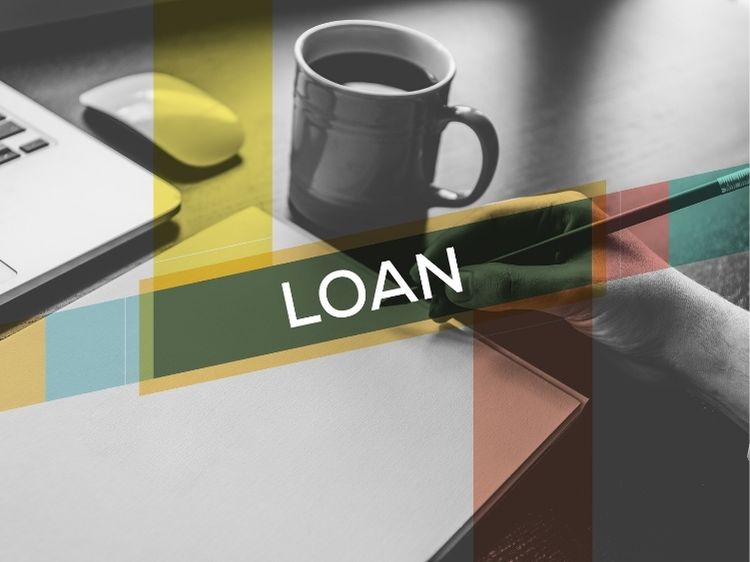Personal loans are an excellent tool for financial planning, regardless of whether you require funds to make a large purchase, consolidate debt, or cover an unexpected cost. If you’re considering a private loan in Maine, knowing the rates of interest and lender options, as well as aspects that impact the cost of borrowing, is crucial. Finding out how to get the most competitive personal loan rates in Maine will help you save money and make the repayment process easier to manage.
Factors That Affect Personal Loan Rates in Maine
Lenders determine personal loan rates by analyzing various aspects, and borrowers need to know how these factors affect the final interest rate. Credit scores play a significant part in determining a borrower’s eligibility for a rate. High credit scores generally have lower rates, while those with bad or fair credit could have higher rates due to the perceived risk of lending.
The income level is a crucial aspect. The lender evaluates an applicant’s earnings to determine their capacity to repay the loan. A stable income could help improve your eligibility for loans with lower interest rates. Furthermore, the ratio of debt to income (DTI) is a crucial factor to consider. A lower DTI suggests efficient fiscal management, which lenders prefer when determining interest rates.
The loan terms and amount borrowed can also affect the rate of interest. Shorter-term loans typically have lower rates, but they have higher monthly installments. Longer-term loans can offer lower monthly payments but with a higher cost of interest. The kind of loan, secured or unsecured, can affect rates, too. Secured loans generally have lower rates because they are secured by collateral. Unsecured loans charge higher rates because they lack collateral.
Comparing Personal Loan Rates in Maine
The rates for personal loans vary among lenders, so it is essential to look at different offers before deciding. Traditional banks: Traditional banks in Maine typically offer affordable loan rates, especially for customers with strong credit backgrounds. Credit unions generally have lower rates than national banks since they are non-profit institutions that place a high value on members rather than profits. Online lenders are also popular because of their convenience and ease of application. However, rates can differ widely according to the borrower’s qualifications.
Comparing and prequalifying with various lenders can help borrowers get the best rates for personal loans in Maine. Many lenders provide soft credit inquiries in the prequalification process, which allows customers to investigate possibilities without impacting their credit score.
How to Secure the Best Personal Loan Rates in Maine
Achieving a better credit score before applying for personal loans is among the most efficient ways to obtain lower interest rates. Repaying debts already in process, making timely payments, and reducing the amount of credit used can improve creditworthiness. Borrowers should also consider applying for a co-signer when they don’t have a perfect credit score, as this may assist them in getting higher rates.
The choice of the best term for your loan is crucial. Although longer terms seem appealing due to the lower monthly payments, they usually result in higher total interest charges. It’s a good idea to analyze one’s financial situation before picking the shortest affordable term.
Furthermore, negotiating with lenders could occasionally result in better rates. Certain lenders might be willing to alter terms based on their clients’ creditworthiness, income, or previous bank relationships. Understanding all loan fees, such as origination fees and penalties for prepayment, is crucial to ensuring that the total cost of borrowing remains affordable.
The Current Landscape of Personal Loan Rates in Maine
Personal loan rates in Maine vary according to economic conditions, federal interest rates, and the policies of individual lenders. According to recent trends, borrowers with a good credit score will see rates of 6 to 10 percent, whereas borrowers with fair credit might receive rates ranging from 12 to 20 percent. For people with lower ratings, rates could be higher than 25 percent.
While these rates give an overview of the situation, it is crucial to inquire with local lenders for the most up-to-date information. Economic factors like inflation and changes to monetary policy can affect rates, making it essential for lenders to keep up-to-date with economic trends before securing a loan.
Final Thoughts on Personal Loan Rates in Maine
Finding the most favorable personal loan rate in Maine requires financial planning, financial savvy, and careful comparison of lenders. People with strong credit, steady income, and a low debt-to-income ratio tend to be eligible for low rates. Exploring different loan options, obtaining prequalification from multiple lenders, and knowing the loan’s terms will help you make better borrowing choices.
Taking time to analyze financial requirements and repayment capacity prior to requesting personal loans is crucial. By understanding how interest rates are calculated and what influences them, the borrower can be positioned to obtain the most competitive rates for personal loans in Maine and meet their financial goals in a responsible manner.






